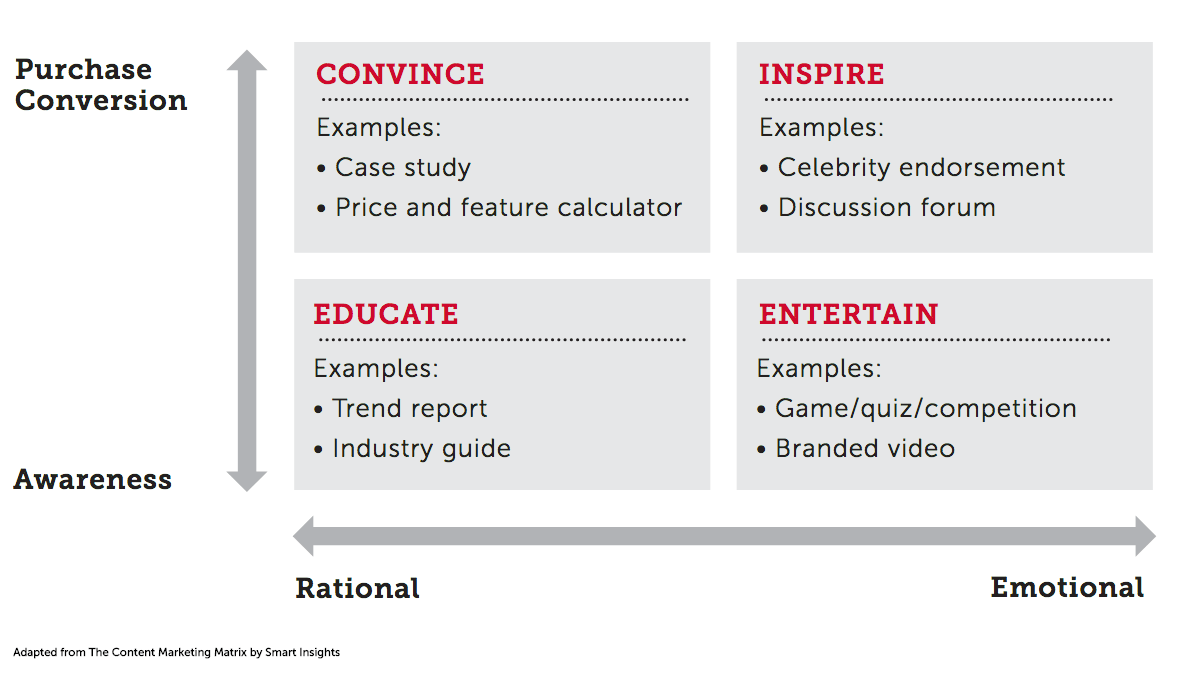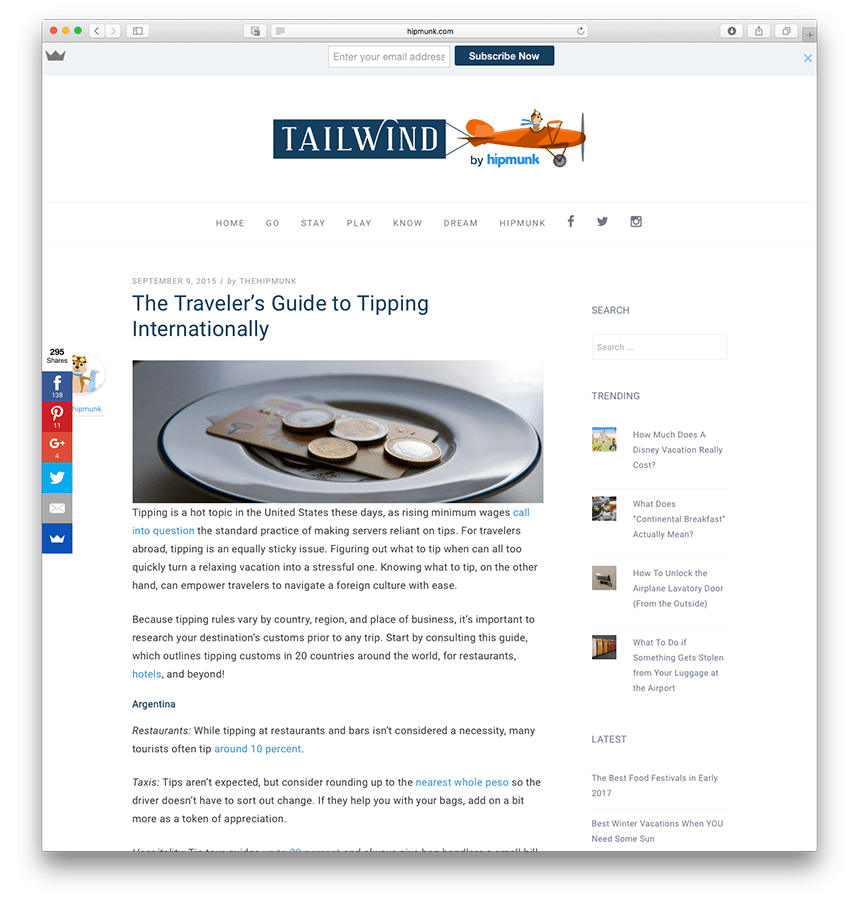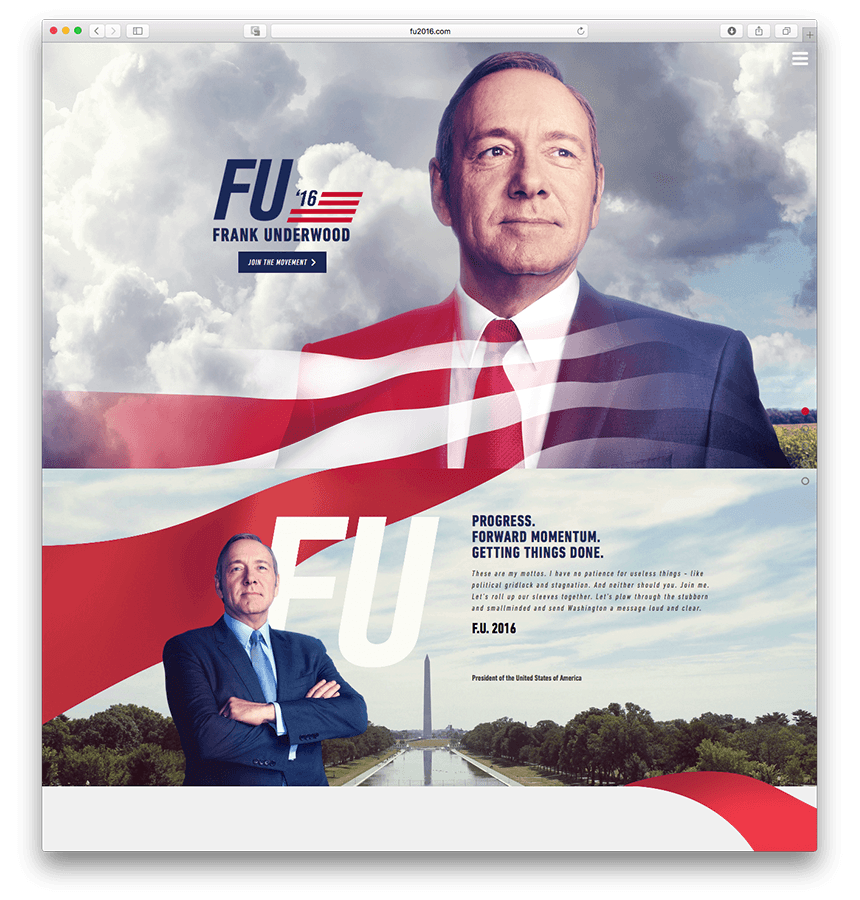When it comes to content marketing, where do I start?
The context:
Marketing has always been about the creation and dissemination of content. However, new channels, formats and platforms have made this both easier and more overwhelming than ever before, making it difficult to know where to start. Effective content marketing involves careful consideration of your objectives and framing your content to best reflect the nature and goals of your brand.
Key insights:
- Be thoughtful about your objectives: building awareness is very different from converting a purchase. Some content will entertain, while other content will persuade
- Relevance is central: you must tailor your content to what your audience wants to know, and say it in a unique way
- Develop an overall strategy based on the values of your brand: while the tie in may be subtle, all of your messages should reflect back to it
While marketing has always been about the creation and dissemination of content, “content marketing” has become a hot topic in brand communication. The fundamental principles of marketing still apply, but it has never been easier to create and distribute content on behalf of brands. Given the tremendous range of media platforms and the near-limitless potential for content itself, developing and executing a strategy can feel overwhelming.
In this white paper, we offer ways to best approach content marketing for your brand. We begin with a definition of the term and suggest key considerations, starting with a set of very clear goals for what you want your content to do. We discuss the challenges of content marketing in today’s digital environment and highlight a number of examples of brands that have excelled in various approaches to it. We consider what kind of content to offer, to whom it should be offered and how best to reach your intended audience.
What is content marketing?
There is a dizzying number of competing definitions for content marketing and its resulting material (the very paper you are reading is an example of content marketing). The Institute for Content Marketing defines the practice as: “the marketing and business process for creating and distributing relevant and valuable content to attract, acquire and engage a clearly defined and understood target audience—with the objective of driving profitable customer action.”
If that sounds close to the definition of just “marketing,” you’d be right. The term “content marketing” has gained prominence due to technological improvements driving the ease of content creation, the number and range of distribution channels, and the reduction in costs of distribution through many of those channels. Consequently, many brands have become quasi-publishers, creating a huge array of content. So, simply put, content marketing is the production of material, such as blogs, white papers, videos, articles, infographics, guides, quizzes, tips, Q&As, samples, case studies and any other form of media content that is produced by a company in order to draw attention (explicitly or by association) to what it does.

Content marketing matrix

Data-driven: The Moz Blog
Moz is a software company that offers solutions to increase marketing visibility online. Their well-known blog features posts from industry leaders, experts and advisors based on hard data and tested knowledge in an easy-to-digest format. Many businesses turn to the blog for regular updates, innovations, applications, infographics, statistics, case studies and interactive content. There is a forum for comments which often contains equally valuable insight. The blog stresses the independent nature of its posts, thereby increasing the sense of objectivity and reliability.

Hipmunk’s Traveler’s Guide to Tipping Internationally
Hipmunk is a travel booking site that hosts a blog with answers to common traveler questions. Their post, “Traveler’s Guide to Tipping Internationally,” is neither flashy nor interactive, but provides highly relevant information for those engaged with their service. People really do need to know tipping customs in other countries, and this guide consolidates the information in one location that happens to be connected to Hipmunk’s main booking site. The post speaks directly to Hipmunk’s demographic, offering them exactly what they want to know and making travel a little easier. The post implicitly promotes travel but in no way references its own company.

How to maximize your message and stand out in the crowd
If the best-executed content is not read, it may as well not exist.
But it is not only about what your audience wants—you have to make your message powerful, meaningful and representative of your brand and its values. Quality is a vital component of this exchange; aim to produce more meaningful content, not necessarily more content overall. Have a sharp focus and work hard on each piece. If it is effective, your content can be leveraged across multiple platforms, increasing the reach of the piece. These can be linked back to the original article with additional images and infographics.
Craft your content to create unique experiences and engagement, building on your particular areas of expertise. Focus on a few key messages and themes. Make your audience feel special by offering them exclusive access to information or behind-the-scenes glimpses at your company. Use social media to attract customers and keep them coming back through interconnected material like videos, checklists, worksheets and promotions. Use this material to emphasize your company’s unique insight. Take advantage of interaction opportunities by updating content to reflect common questions and challenges, as well as underscoring what has been successful.
Be thoughtful about your platforms and media: the format, structure and tone all affect the reader’s experience. Be sure to update your content accordingly, ensuring that you tailor your message to take full advantage of the affordances of each medium. Update your material regularly. Offer links to related resources that underscore your unique insight and expertise, thereby motivating audiences to continually return to the content while also enhancing your own reputation. Throughout, be clear about what you are offering so that audiences have appropriate expectations that can only be exceeded.
Blurring the line: The online world of House of Cards
Netflix’s political drama House of Cards has constructed an entire alternate-reality experience online. There is a full-scale election website for its main character, Frank Underwood, which was promoted in a television commercial that aired during a Presidential Debate. House of Cardsstrategically uses this content to build excitement for upcoming seasons, deftly addressing the challenge of promoting the series, even in the off-season. While the show produces only a few key pieces of content, they are used strategically and often repackaged to suit the medium.

- Heidi Cohen, “10 Content Marketing Best Practices for Greater Efficiency,” July 8, 2013, http://contentmarketinginstitute.com/2013/07/10-content-marketing-best-practices-efficiency/
- Nick Westergaard, “Your Content Marketing Strategy Doesn’t Have to Be Complicated,” May 16, 2016, https://hbr.org/2016/05/your-content-marketing-strategy-doesnt-have-to-be-complicated
- Niraj Ranjan Rout, “Less is More—The Best Strategy For Content Marketing,” March 22, 2016, http://blog.thechatshop.com/less-is-more-the-best-strategy-for-content-marketing
- Samuel Scott, “Everything The Tech World Says About Marketing Is Wrong,” April 12, 2016, https://techcrunch.com/2016/04/12/everything-the-tech-world-says-about-marketing-is-wrong/
- Smart Insights, “The Content Marketing Strategy,” http://www.smartinsights.com/content-management/content-marketing-strategy/
